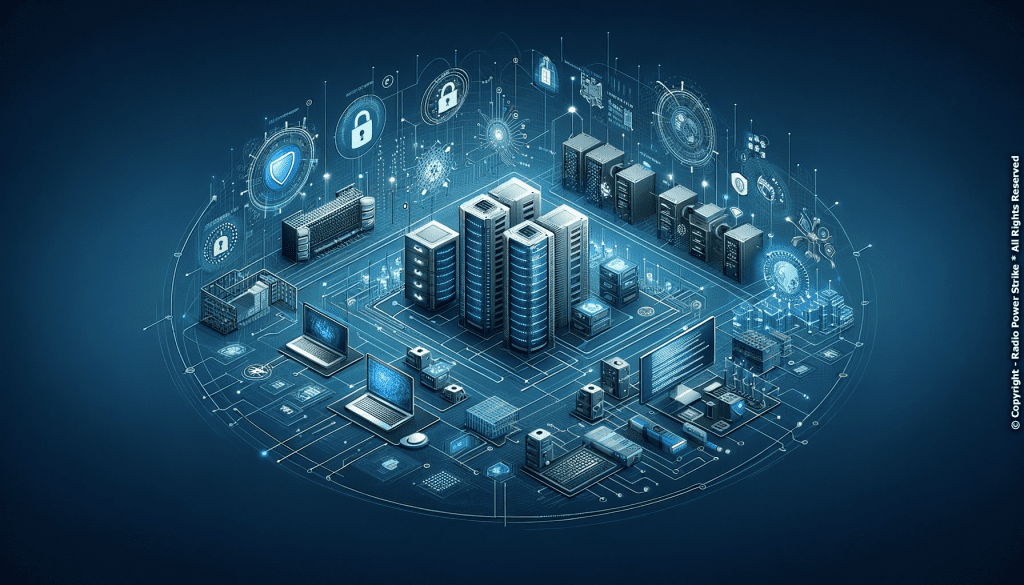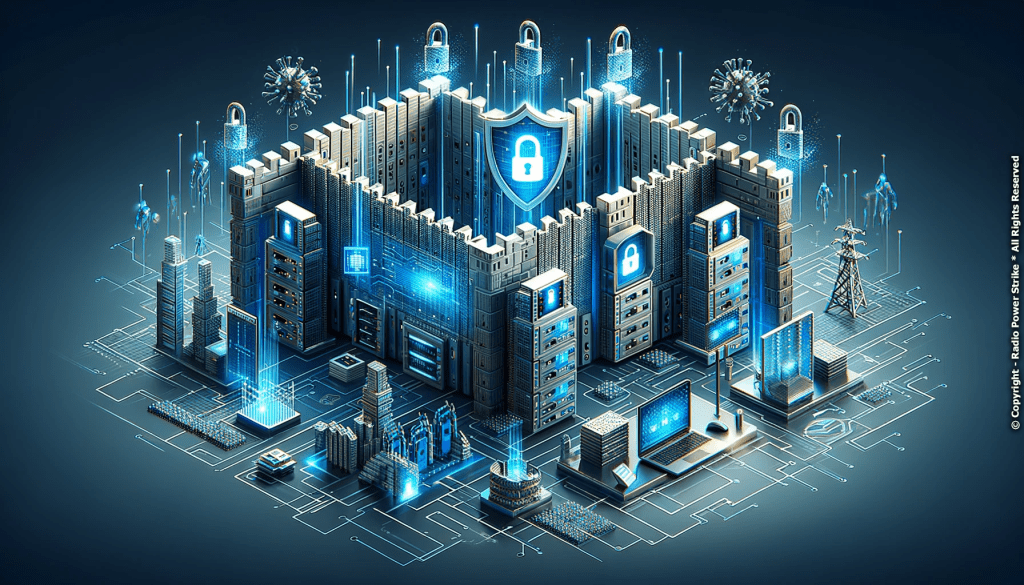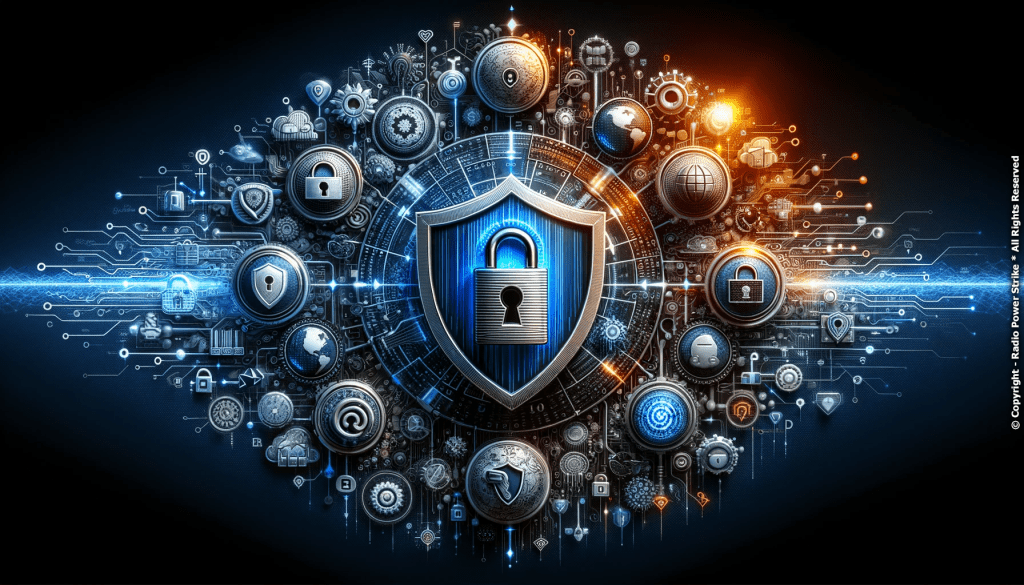Defending Data: A Closer Look at Cyber Security Measures
Ensuring Data Integrity and Confidentiality in the Digital Era

As digital footprints grow, protecting data becomes more than just a priority—it’s a necessity. Whether it’s personal details, business secrets, or sensitive government information, the need to secure digital assets is paramount. This article dives deep into the cyber security measures that are making a significant difference in today’s volatile digital space, offering a comprehensive perspective on the best practices that ensure data remains uncompromised.
Multi-Factor Authentication (MFA): Beyond Passwords

While passwords have long been the primary line of defense, their efficacy has dwindled with the advent of advanced hacking techniques. Enter Multi-Factor Authentication (MFA), which adds layers of security by requiring multiple forms of verification.
Companies like Microsoft have integrated MFA into their systems, making it a standard for accessing sensitive data. By combining something you know (password) with something you have (a phone or hardware token), the risk of unauthorized access is greatly diminished.
However, while MFA enhances security, it’s vital to regularly update and review verification methods. As technology advances, so do the strategies of those with malicious intent, reminding us that no measure is foolproof.
End-to-End Encryption: The Shield of Communication

In an age where information exchange is constant, ensuring the confidentiality of these communications is critical. End-to-end encryption ensures that only the sender and the intended recipient can read a message, rendering it unreadable to outsiders.
WhatsApp, with its billion-plus users, is a prime example of a platform utilizing end-to-end encryption, ensuring that personal conversations remain private, irrespective of the content shared.
While encryption is a formidable tool, it’s essential to be aware of its limitations. Users must ensure the devices they use are secure, as end-to-end encryption can’t protect data from device-level threats.
Behavioral Analytics: Predicting Threats Before They Occur

Understanding user behavior can be pivotal in identifying and mitigating threats. Behavioral analytics tracks and analyzes activities, flagging anomalies that deviate from established patterns.
Organizations like Splunk leverage behavioral analytics to offer real-time threat detection. By understanding typical user behavior, the system can quickly identify potential security breaches or unauthorized access attempts.
While the potential of behavioral analytics is vast, it’s essential to balance security with user privacy. Proper guidelines must be established to ensure that while data is analyzed for protection, individual privacy isn’t compromised.
As we navigate the vast digital landscape, the significance of robust cyber security measures becomes increasingly evident. These practices, though ever-evolving, provide the foundational framework for defending our most valued digital assets. By embracing and adapting to these measures, we not only safeguard our data but also foster trust in the digital systems that have become integral to our daily lives.

Comments are closed, but trackbacks and pingbacks are open.